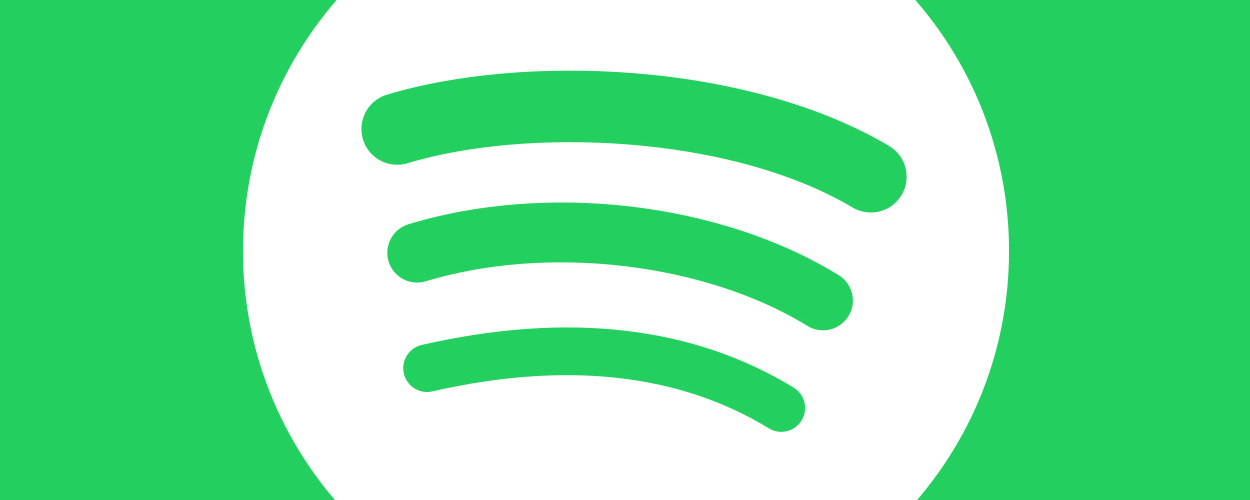This website uses cookies so that we can provide you with the best user experience possible. Cookie information is stored in your browser and performs functions such as recognising you when you return to our website and helping our team to understand which sections of the website you find most interesting and useful.
Business News Digital Labels & Publishers Top Stories
Spotify to allow artists and labels to influence its curation algorithm – in return for a royalty discount
By Chris Cooke | Published on Tuesday 3 November 2020

Spotify has announced it is piloting a new service that will allow artists and labels to influence the algorithm that selects what music is played when users use the streaming platform’s auto-play or personalised radio functionality. This is a development many artists and labels will welcome, although the costs associated with accessing the new service is proving controversial in some quarters.
Spotify’s curation algorithm influences what music the platform’s users hear in a number of ways. The most obvious is the algorithm-based personalised playlists like Discover Weekly. However, many users also have auto-play set up on their Spotify account, meaning that when a playlist or album they have specifically selected finishes, the service just keeps playing related music. And then there’s the ‘radio’ option, that plays a constant personalised stream of music based on a favourite artist.
The Spotify algorithm crunches lots of data in order to decide what music to play. The streaming firm calls each of the things the algorithm considers a “signal”. In a blog post yesterday, the company revealed what some of those signals are, including things like what a subscriber is listening to when, preferred genres and languages, what tracks they saved to their library, the listening habits of other subscribers with similar musical tastes, the time of day, and so on.
With the new service, artist or label input will become one of those signals. Spotify wrote in its blog post that “artists tell us they want more opportunities to connect with new listeners, and we believe our recommendations should also be informed by artists – their priorities and what they have to say about their music. And soon, we will roll out a test of a service that gives artists a say in how their music is discovered”.
Unlike Spotify’s existing playlist pitching tool, which is focused on new releases, the new service will allow artists and labels to inform the algorithm about catalogue as well as new tracks that they think the system should be prioritising. That might mean, Spotify added, a song the artist is “particularly excited about, an album anniversary they’re celebrating, a viral cultural moment they’re experiencing, or other factors they care about”.
There’s also another difference between this service and Spotify’s playlist pitching tool. That tool is free to use, whereas this will be a paid-for service. Partly to stop artists and labels telling the algorithm that all their tracks are a priority, and partly because Spotify is slowly expanding the range of paid-for marketing services it sells to the music industry.
However, Spotify revealed in its blog post, artists and labels using the new service won’t have to pay anything upfront. Instead, when an artist or label asks the algorithm to prioritise a track, a lower recording royalty rate will then be paid on any subsequent streams that the algorithm generates.
Although Spotify clearly sees that approach as being pro-artist and pro-indie – in that it means the service doesn’t require an artist or label to have a big upfront marketing budget – it’s a potentially controversial move in the context of the debate around streaming royalty rates that has gained new momentum during the COVID-19 shutdown of live music.
For those that argue those royalty rates are already too low, the prospect of an even lower rate being paid on any streams is worrying, despite the marketing value of the new service.
Of course, any artist or label that doesn’t think the new service as adding any value isn’t obliged to use it. Though any talk of lower payouts and paid-for marketing probably empowers those who argue that the streaming business model only works for the platforms and the majors – despite, as noted, the proposed payment model seeking to ensure grassroots artists and indie labels can take part.
Some might also see a system that allows artists or labels to pay to push their music towards listeners as being good old ‘payola’. That viewpoint possibly depends on whether you see Spotify as the new radio or the new retail. Paying for airplay on radio has always been frowned upon and is often illegal. But, in the heyday of the CD, it was common for major retailers to seek discounts or fees for priority racking and in-store promotions.
It should also be noted that Spotify is keen to stress that this new service will only influence the algorithm, not control it. “Listener satisfaction is our priority”, the blog post insisted, “we won’t guarantee placement to labels or artists, and we only ever recommend music we think listeners will want to hear”.
The pilot of this new service – branded ‘discovery mode’ on the industry side – will start in the US, with the focus on Spotify’s autoplay and personalised radio functions. However, as it rolls out, the service could also be expanded to other areas of the platform where the algorithm curates.





